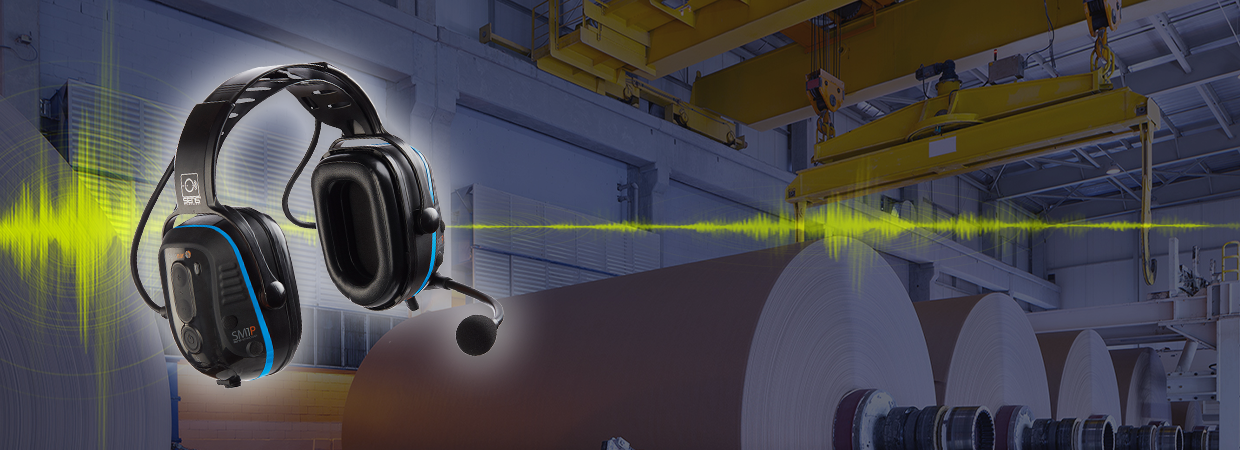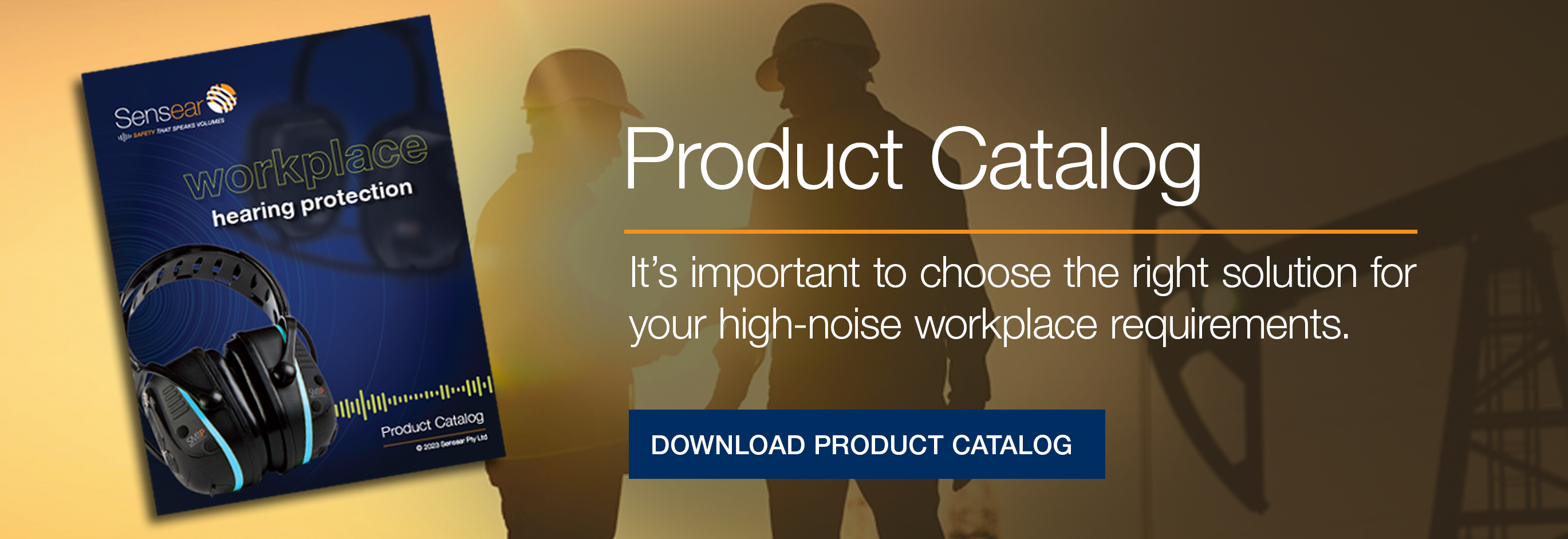- Home
- Blog
- High-Noise Workplace Safety
- 5 Health Hazards in Paper and Pulp Mills

5 Health Hazards in Paper and Pulp Mills
The paper and pulp industry is one of the largest industries in the world, with the U.S. playing a major role in its market. According to Fortune Business Insights, the North American paper and pulp industry market was valued at USD 64.51 billion in 2022, accounting for nearly 20% of the global paper and pulp market size (Statista, 2023). It is also one of the most dangerous industries globally, as paper dust is highly combustible, leading to the risk of explosions within manufacturing plants. Additionally, there are several other health hazards that can put employees at high risk but can all be mitigated.
So, let's get right into it - here are 5 common hazards to paper and pulp employees that can cause long-term health issues with prolonged exposure:
1. Toxic Chemicals
Paper mills require several different chemicals during the manufacturing process, including sulfuric acid, chlorine, and chlorine dioxide. All these chemicals can be extremely dangerous to the health of employees and must be met with certain standards to ensure their safety, including properly storing chemicals in drums, wearing personal protective equipment (PPE) at all times, and maintaining regular maintenance of all PPE and safety equipment. All safety standards must also be in accordance with OSHA's standards for paper, pulp, and paperboard mills.
2. Mill Equipment
Like in any manufacturing, paper mills have large mechanical equipment that can be unsafe if employees do not maintain 360° situational awareness. If workers are not careful, limbs can be crushed or amputated by moving parts. Workers need to be aware of equipment at all times and know if something is not working properly.
Sensear’s revolutionary SENS® Technology enables 360° situational awareness, retains original sound characteristics, and reduces the risk of accidents. SENS® determines the nature, distance, and directionality of all sounds including speech, machinery, and alarms. It accomplishes this by isolating and enhancing human speech while reducing harmful background noise, so users can hear speech and stay protected (without needing to remove their headset) while remaining aware of potential hazards.
3. Human Error
In any work environment, there will always be the element of human error. Employees that work long shifts or are overworked become tired and can become careless. This can be dangerous when working with hazardous mechanical equipment. Although co-workers can help each other out, there's always room for near misses. SENS® alleviates this issue by ensuring workers always know their surroundings.
4. High Noise Levels
In the paper and pulp industry, noise levels can exceed 90 dB(A) (Environmental Pollution). OSHA's standards require any employer to implement a Hearing Conservation Program when noise exposure is at or above 85 dB(A) averaged over 8 hours, or an 8-hour time-weighted average (TWA). Occupational noise is a notable contributor to noise-induced hearing loss (NIHL). Specifically, the hearing loss claims made by workers in the manufacturing sector are high, accounting for 14% of hearing loss worldwide. Hearing protection devices (HPDs) are highly recommended to minimize noise exposure and prevent hearing loss in the manufacturing industry.
Sensear provides some of the best solutions for noise reduction and noise cancelation for paper manufacturing plants. In environments such as paper mills where noise exceeds 90 dB(A), traditional HPDs do not provide enough noise reduction, and double hearing protection is required. While double hearing protection (DHP) is achieved by wearing both earplugs and a hearing protection headset device at the same time, Sensear is the only manufacturer of double protection headsets with earplugs integrated into the earmuffs, while also incorporating SENS® Technology for 360° situational awareness, which is often lost in traditional methods of DHP solutions.
5. Combustible Paper Dust
Paper dust combusting is a disastrous and highly potential risk in paper mills. While paper processing equipment is running, it produces a significant amount of dust that, when accumulated and mixed with oxygen, can ignite when in contact with sparks or other ignition sources. In these hazardous environments, protective equipment needs to be intrinsically safe, including industrial headsets. Intrinsically safe headsets need to limit the electrical and thermal energy within the electrical circuits to a level below that which will ignite paper dust. This prevents electrical sparks and keeps the temperature of the headsets low, and foolproofs electrical circuits, making it possible for workers to navigate in these potentially explosive environments.
Equipment that is legitimately intrinsically safe must stand up to a rigorous set of standards put forth by experts in the field of safety. Products that stand up to these standards and pass the tests are considered certified intrinsically safe. Sensear’s range of Hazardous Location Smart Headsets and Earplugs are certified by all four major intrinsic safety standards (ATEX, UL, CSA, and IECEx).
Eliminating Health Risks in the Paper and Pulp Industry
Employee safety must always be the top priority in the workplace. When the risk of occupational hazards increases, preventative measures to protect employees become increasingly crucial. To decrease the risks, workers need to be in the habit of using the appropriate and best PPE, including hearing protection. Protective earplugs and headsets can make an important difference in protecting the ear health of employees.
Sensear’s SENS® Technology in our Digital Communication Headsets suppresses noise in the surrounding environment while allowing users to still communicate with each other. Our innovative SENS® works by limiting loud background noises while processing and separating speech, allowing the wearer to hear speech, alarms, or other important sounds. This is perfect for potentially dangerous environments such as paper mills where workers need to be able to hear their coworkers yet require loud machinery noises to be suppressed.
Use our Hearing Protection Calculator to calculate the sound level at the ear when wearing hearing protection. If your HPDs are not providing the correct level of hearing protection for your workers, choose the right hearing protection and prevent hearing loss. Contact us today for a free consultation to discuss your concerns or download our Industrial Communication Product Catalog.









